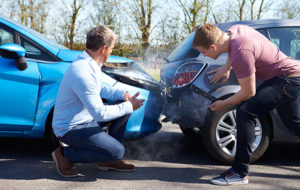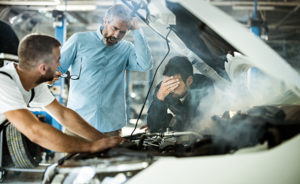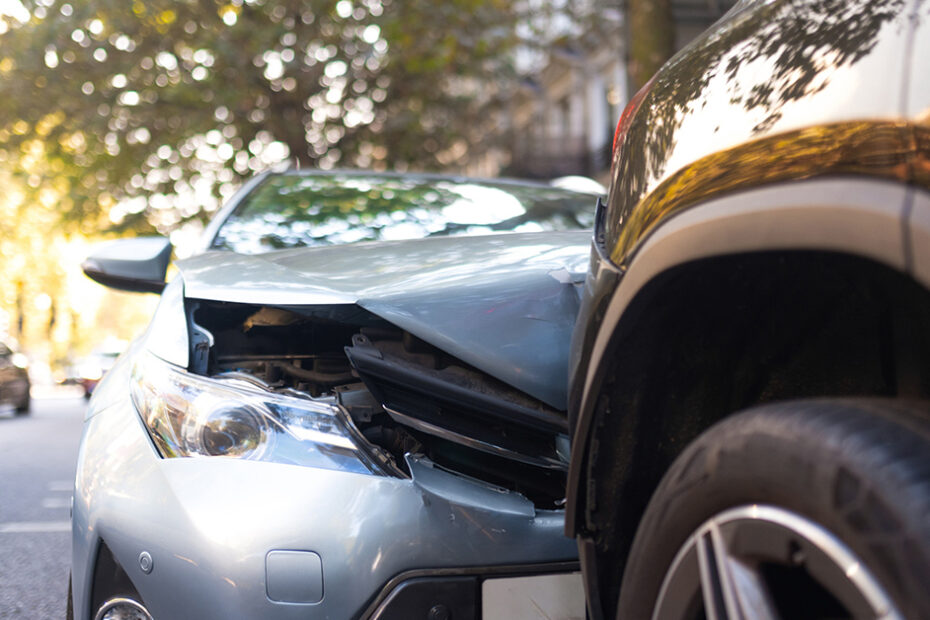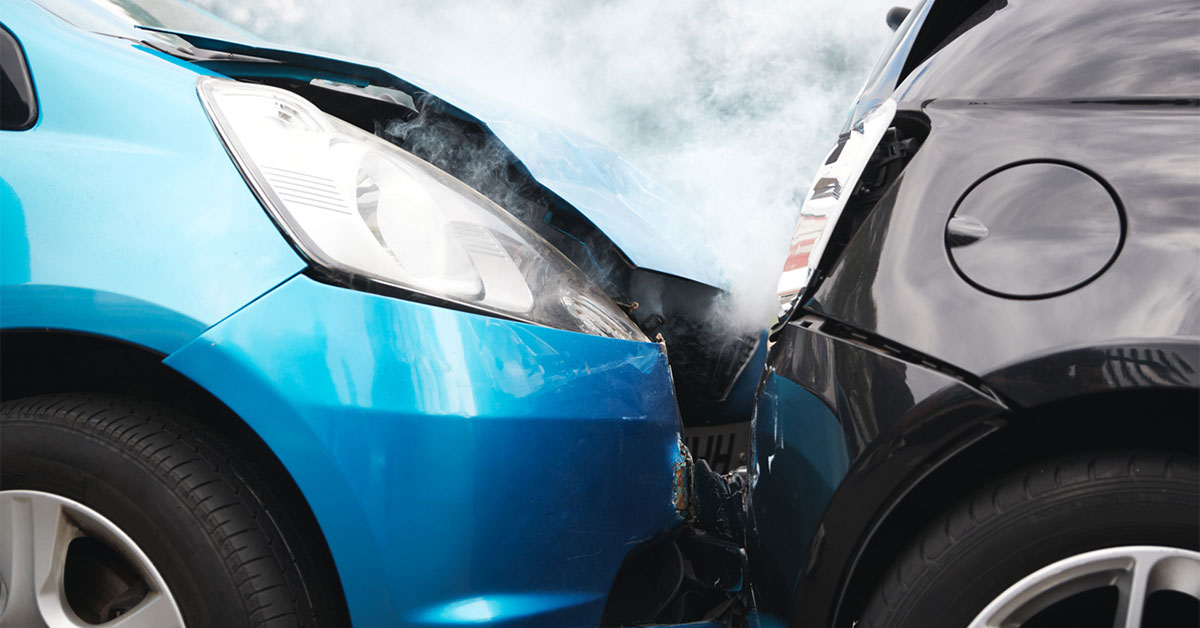In the United States, having a car is just a part of life. Public transportation is limited in most places, so having your own vehicle is essential to getting where you need to go. Some people have their cars for years and years until it just can’t drive anymore. Others choose to lease their vehicle or trade it in for a new model every few years. So, how does your choice in vehicle and lifestyle affect your Auto Insurance?
It all depends on the choices you make in regard to your car. There are different types of Auto Insurance coverages you’ll require throughout the life cycle of your vehicle. We can help you figure out when you need what type of coverage below.
1. Finding the Right Car
Buying a car is a big decision that will greatly impact your life. It’s the vehicle you’ll use to drive everywhere—to and from work, to visit friends and family, to go to the grocery store, etc. So, it’s important that you do your research to find the right one.
 Two main factors to consider when looking for a car are:
Two main factors to consider when looking for a car are:
- Your finances and budget. This includes how much you can afford to put as a down payment and the monthly car payment you can manage. Don’t forget to consider your Car Insurance payment, too.
- Your lifestyle. Do you have a large family that needs lots of room? Do you go on frequent road trips? Is your commute to work far away from home? These questions can help you prioritize vehicle size, gas mileage, features and more.
Let’s talk a little bit more about Auto Insurance here. If you already have a car, how much is your Auto Insurance rate? Will the new car you want make your rate go up or down? The answer to that may also help you determine what car to get next. The best way to find the answer is to get some quotes online. You can go here to start.
2. Buying/Leasing the Car
Once you determine what vehicle you want, it’s time to decide if it makes more sense to buy or lease it.
Pros of buying a car:
 You own the vehicle
You own the vehicle- There are no mileage limits
- You have the freedom to customize/modify the vehicle
- You can buy or sell the vehicle at anytime
- Insurance rates may be lower
Cons of buying a car:
- You may have higher monthly car payments
- The value of the vehicle depreciates over time
- There is an unpredictable resale value of the vehicle
Pros of leasing a car:
 There is usually a lower down payment or none at all
There is usually a lower down payment or none at all- The vehicle is typically covered by warranty
- There are no upfront sales tax fees
- You don’t have to worry about depreciation or resale value
- You may have lower monthly car payments
Cons of leasing a car:
- There is a mileage limit
- There are fees for excessive wear and tear
- Certain additional insurance coverages may be required
- There is a fee for early lease termination
You have to decide what your priorities are to determine which method is right for you. Keep in mind that when you finance or lease a vehicle, there are certain Auto Insurance coverages you must carry according to the lease agreement. These may include Comprehensive coverage and Collision coverage. Leasing companies may require you to carry higher Car Insurance limits in order to protect themselves financially in case you get into an accident or damage the vehicle.
3. Finding the Right Auto Insurance
Whether you choose to buy or lease a car, you’ll need Auto Insurance. The minimum limits for Car Insurance vary by state, so make sure you know how much coverage you’re legally required to carry. It’s also important to consider carrying more coverage than the bare minimum. This is because the minimum Liability Insurance is not always enough if you get into an accident or if something else happens to your car.
Here’s a brief description of some common add-on Auto Insurance coverages:
Collision Coverage
 This type of insurance covers the cost of repairing your vehicle if you’re in an accident, regardless of who’s at fault. It also covers the cost of damages caused by another driver hitting your car while it’s parked, if your car rolls over or if you’re involved in a hit-and-run accident. Damages caused by collisions involving potholes, trees, guardrails, bridges and light posts are also covered by this add-on insurance.
This type of insurance covers the cost of repairing your vehicle if you’re in an accident, regardless of who’s at fault. It also covers the cost of damages caused by another driver hitting your car while it’s parked, if your car rolls over or if you’re involved in a hit-and-run accident. Damages caused by collisions involving potholes, trees, guardrails, bridges and light posts are also covered by this add-on insurance.
Comprehensive Coverage
This insurance covers your vehicle if it is damaged by something other than a collision. This may include damage caused by fire, theft, flood, falling objects, hitting an animal, vandalism or a natural disaster.
Uninsured/Underinsured Motorist Coverage
Just because you have Car Insurance, it unfortunately doesn’t mean everyone else does. In the event that you get into an accident with someone who does not have any insurance, or who does not have enough, Uninsured/Underinsured Motorist Coverage protects your wallet. This coverage only applies if the other driver is at fault or partially at fault.
Gap Insurance
“Gap” stands for Guaranteed Auto Protection and it covers you if your car is stolen, totaled or destroyed and deemed a total loss. It is intended to cover the monetary difference between what your car is worth and what you still owe on your loan. This coverage is most beneficial to you when you first purchase your vehicle.
For the sake of this article, let’s assume that you decide to purchase your vehicle, as well as Collision, Comprehensive and Uninsured Motorist Coverage. This way, you’re pretty much covered if any common accident or mishap were to occur. Yes, these add-on coverages increased your monthly premium a bit, but at least you have peace of mind that your new car is covered in an accident.
4. Your Car’s Warranty Expires
 When you buy a car new, many manufacturers offer warranties on the vehicle up to a specified number of years or mileage amount. For example, a warranty may last up to three years or 50,000 miles. So, what happens when it’s been a few years, or your car has reached that limit? It’s time to consider Mechanical Breakdown Coverage.
When you buy a car new, many manufacturers offer warranties on the vehicle up to a specified number of years or mileage amount. For example, a warranty may last up to three years or 50,000 miles. So, what happens when it’s been a few years, or your car has reached that limit? It’s time to consider Mechanical Breakdown Coverage.
Mechanical Breakdown Coverage is comparable to purchasing an extended warranty. It provides essentially the same type of coverage as an extended warranty, but with added benefits. As the name implies, this coverage is intended to insure you against the costs of a major mechanical breakdown of your vehicle. It covers you if your vehicle breaks down or its covered parts wear out.
Another great thing about Mechanical Breakdown Coverage is that it can be transferred between owners if or when you decide to sell your car. This may increase the value of your vehicle when you want to sell it.
5. Selling Your Car
This is the end of your car’s life cycle. However, only you can decide when it’s time to sell. Maybe your car is over 10 years old with 200,000+ miles on it. Perhaps you drive a sedan that’s simply not big enough to manage three kids inside. Or, maybe you want something more eco-friendly now that your new job is farther from home.
No matter the reason, it’s always hard to let go of the car that’s been driving you around to all your favorite places. However, it’s also exciting to start back at number one of the car life cycle. Once you decide on the vehicle you want, let AIS help you find the right Auto Insurance at the right price. Call us today for a free quote at (855) 919-4247 or start your free online quote here.
This content is offered for educational purposes only and does not represent contractual agreements. The definitions, terms and coverages in a given policy may be different than those suggested here. Such policy will be governed by the language contained therein, and no warranty or appropriateness for a specific purpose is expressed or implied.


